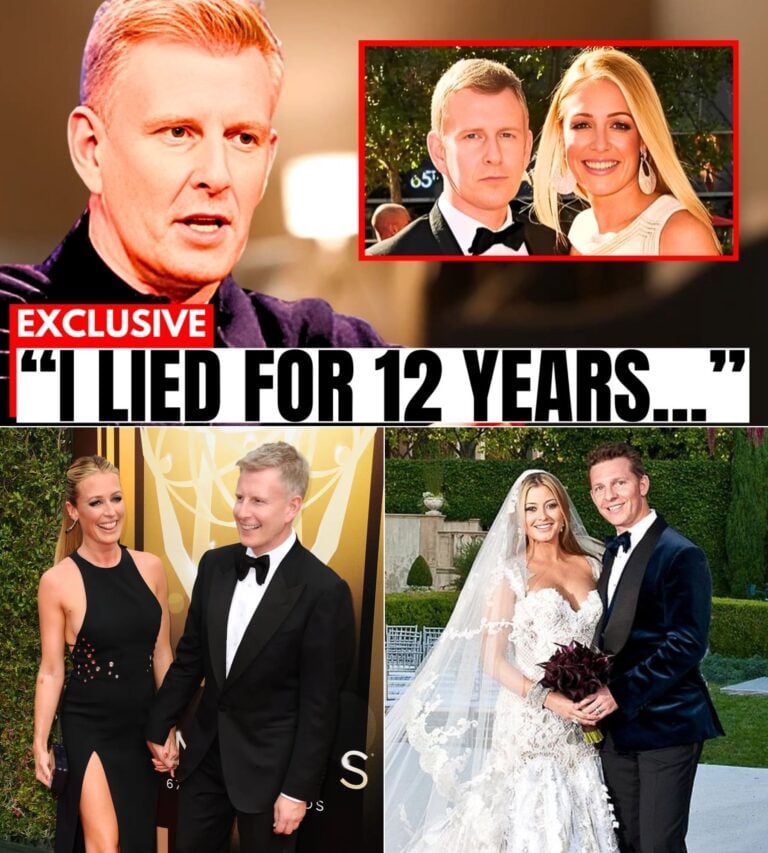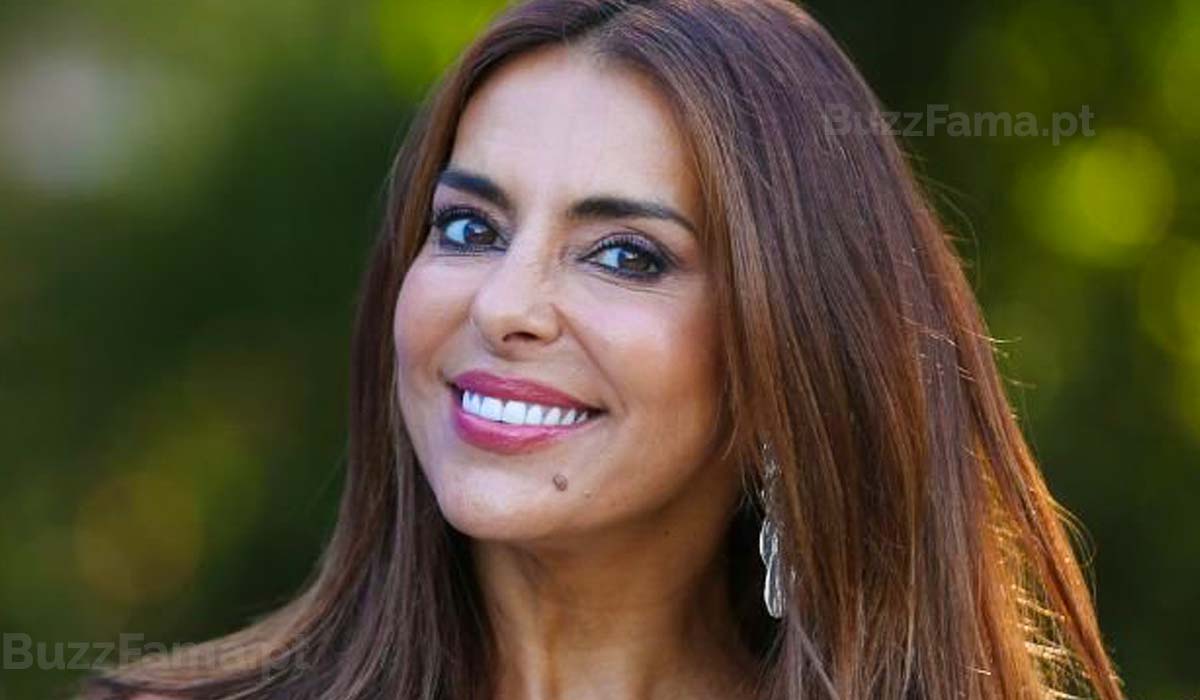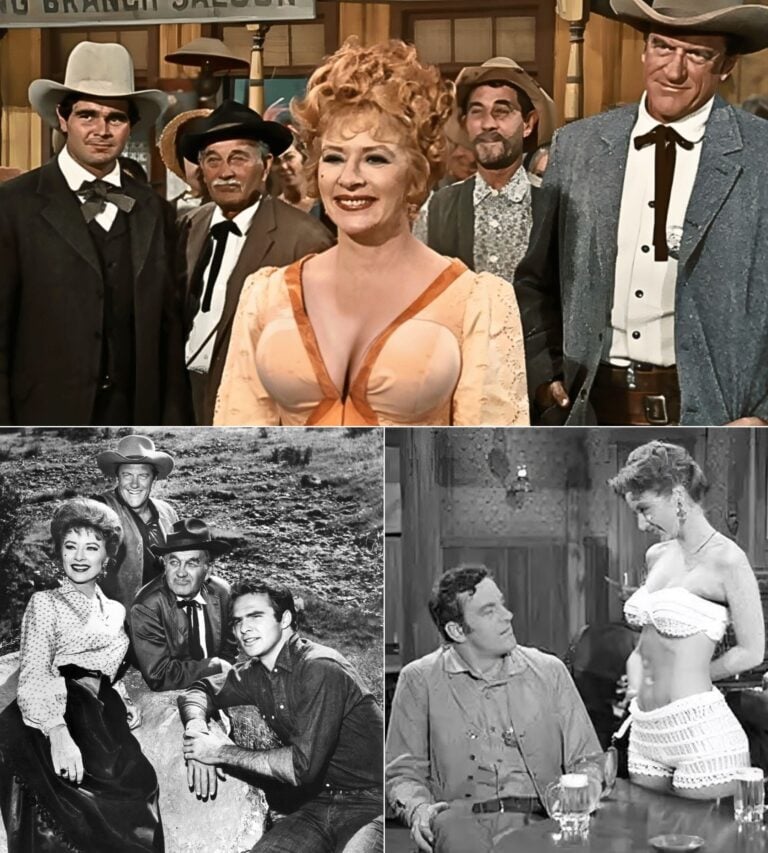For more than four decades, Cheers has been hailed as one of the greatest sitcoms in television history — the show “where everybody knows your name.” But now, at 77, Ted Danson has broken his silence about what was really happening behind the scenes… and it’s far more chaotic, emotional, and heartbreaking than fans ever imagined.

When Cheers premiered on NBC in 1982, it wasn’t the instant hit many assume it was. In fact, Danson reveals that the show debuted dead last in the ratings, nearly canceled before it found its audience. “We were terrified,” he admits. “We were proud of what we’d made, but every week we thought, ‘This might be the last one.’” It took time — and an unwavering belief from NBC executives — for the show to become the cultural juggernaut it’s remembered as today.
But as Cheers rose to fame, so did the pressure — and the fractures behind the bar began to show. Danson’s most shocking revelation centers around the strained relationship with co-star Shelley Long, whose portrayal of Diane Chambers defined the show’s early seasons. “There was tension, yes,” Danson confesses. “We were very different people, and it created sparks — good for TV, but hard in real life.”
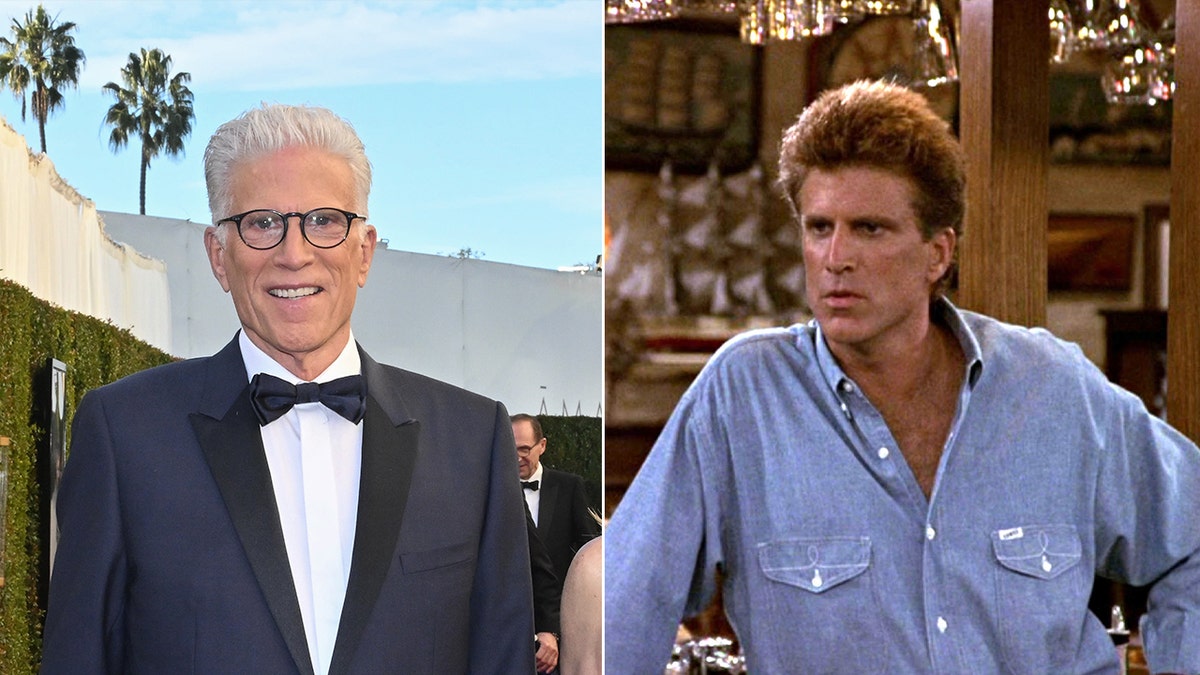
When Long abruptly quit the series after Season 5, the entire production was thrown into turmoil. “It was devastating,” Danson recalls. “Losing Shelley felt like losing the heart of the show. But we had to move forward — there was no choice.” Her replacement, Kirstie Alley, brought new energy and a fresh dynamic, saving the show from collapse. Still, Danson admits that transition “changed everything forever.”
Behind the camera, Danson himself was unraveling. The success of Cheers thrust him into a harsh spotlight, and he now admits he was “crumbling inside.” During the show’s peak, he faced a very public affair with Whoopi Goldberg, the breakdown of his marriage, and an identity crisis that mirrored the insecurities of his on-screen alter ego, Sam Malone. “I looked confident, but I was scared all the time,” he reveals. “Fame doesn’t fix you. It magnifies what’s broken.”

By the early ’90s, with Cheers at the height of its success, Danson made a stunning decision: he wanted out. “It wasn’t easy,” he says. “I loved the cast, the writing, the family we built. But I didn’t want to overstay. I wanted to end it while it still meant something.”
The 1993 series finale — watched by nearly 80 million viewers — became one of the most-watched television events in history. The episode marked not only the end of an era but a farewell to a show that had defined an entire generation of television.
Now, decades later, Danson reflects on Cheers with gratitude — but also honesty. “It wasn’t perfect,” he admits. “We were flawed people making a show about flawed people. That’s probably why it worked.”
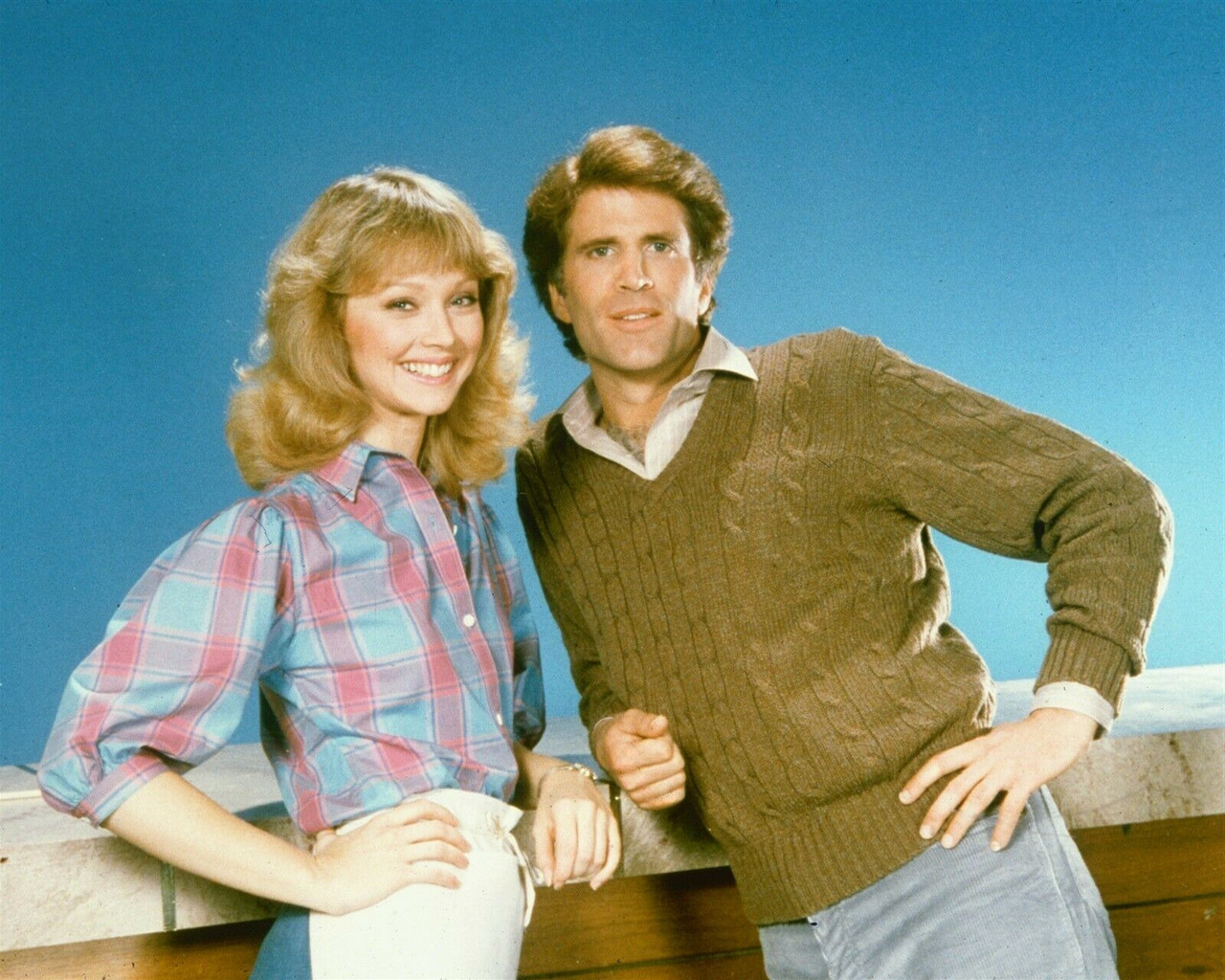
For Danson, the legacy of Cheers isn’t just about the laughter or the awards. It’s about survival — both personal and creative. “We all had our struggles,” he says softly. “But for 11 years, we made people feel seen. That’s something I’ll always be proud of.”
Beneath the clinking glasses and laughter, Cheers was a story of resilience — on screen and off. And as Ted Danson lifts the curtain at last, fans are discovering that even in television’s most beloved bar, the truth behind the smiles was far more human than anyone ever realized.

